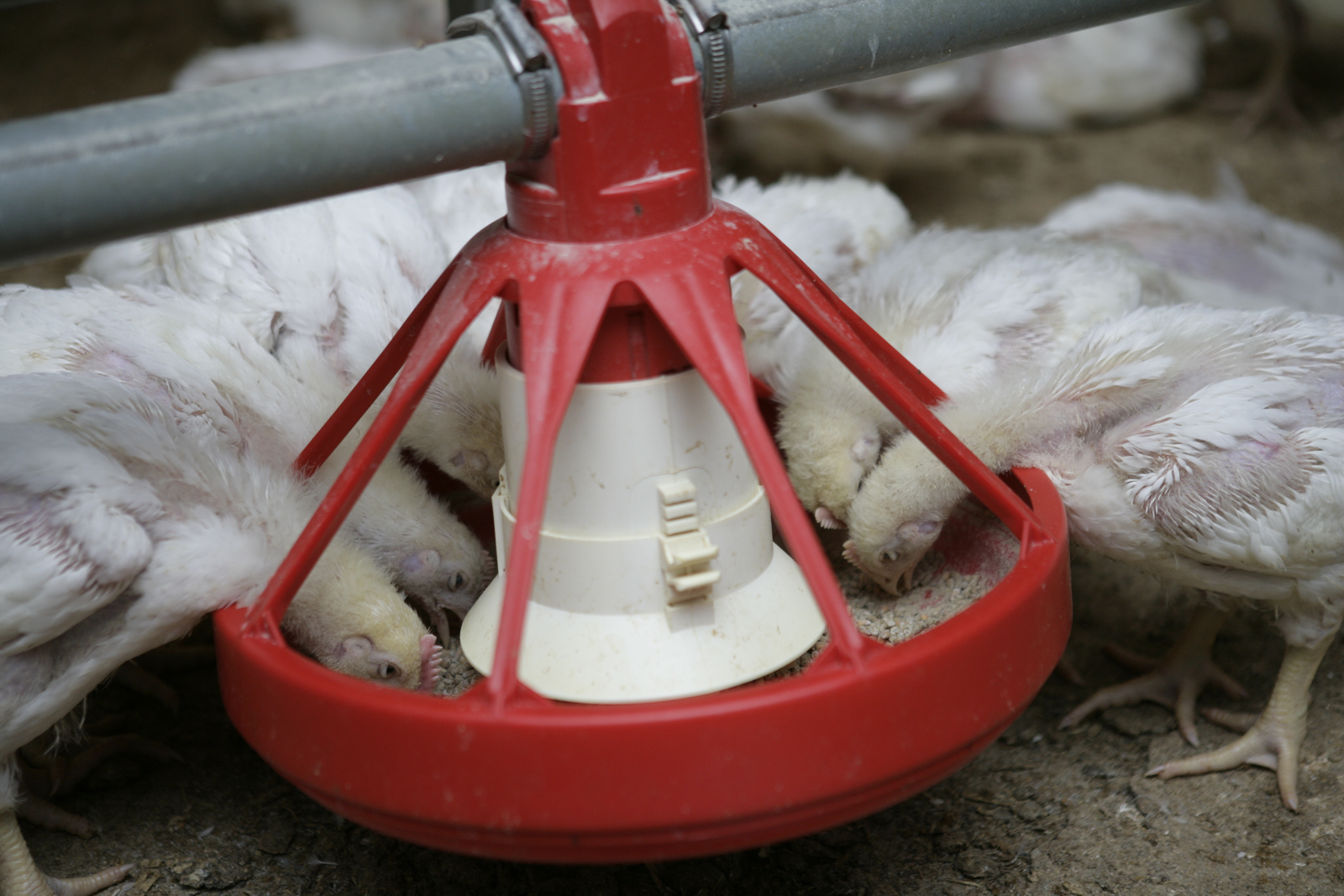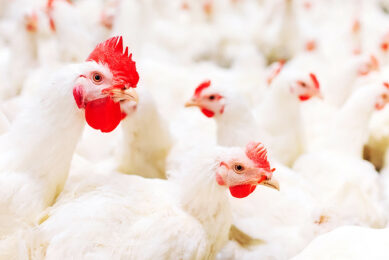Higher value of NSP enzymes with an eye on high raw material costs

A study based on optimisation of “broiler grower” formula proves the economic benefits of NSP enzymes, regardless of raw material prices or nutritional levels required.
By Pascal Thiery,technical manager for Africa and Middle East region, Adisseo
NSP (non-starch polysaccharides) enzymes are known to increase the digestibility of raw materials such as rapeseed meals and DDGS, for monogastric animal species, offering an alternative to soya bean meals when prices are surging and thus allowing the offset of higher feedstuff costs. A study led by Adisseo shows that the economic benefit of the versatile enzyme is greater when raw materials are more expensive, regardless of the country or what local ingredients are available.
The study is based on the monthly optimisation of a “broiler grower” formula where nutritional constraints and the raw materials offered are specific to the five countries surveyed: South Africa, Poland, Turkey, Tunisia and France. Starting from monthly prices of raw materials, the formulas have been optimised both with and without NSP enzymes (Rovabio), in order to measure the consequences on the formulation and to calculate the return on investment.
The study assessed the economic interest of the NSP enzymes in formulas with different nutritional levels. For instance, some countries set energy levels over 3,100 kcal/kg of Apparent Metabolised Energy (Turkey, South Africa, Poland) while Tunisia only requires 2,950 kcal/kg. Likewise, the levels of proteins and amino acids cover a wide range of values going from 18.5% to 22.0% of crude protein and from 1.07% to 1.30% of lysine.
Soybean meal prices doubled during the period
The survey also showed the contrast in prices. During the period examined the price of soybean meal surged considerably, from less than €300/t at the end of 2011 to over €500/t in July 2012 in France. In Turkey, the price rocketed from €350/t to €650/t.
Soya had a major price impact on raw materials, the formulation of feeds based on the initial criteria entailed a noticeable rise of the raw material cost, even when using locally available substitutes to soya. The raw material costs of the “broiler grower” formula rose from €360/t to over €450/t in Turkey, and from €275/t to €390/t in France.
In all assessed countries, the use of the NSP enzyme allowed extra costs to be cut, thanks to the increased value of some raw materials: sunflower or rapeseed meals, DDGS. Also cereals as in Tunisia, where the enzyme led to a reduced shadow price of barley compare to corn, and the introduction of some barley in the feed leading to a sustainable benefit.
For example, using the enzyme in a French formula and with the price level of August 2012, the shadow price of barley dropped more than €50/t, resulting in an increased inclusion rate, achieving a final formula cost reduction of €16/t (Table 2 – see attached pdf).
Economic advantage created by NSP enzyme
The economic benefits of NSP enzymes in feed formulation is obvious, and these benefits increase as the price of raw materials also increase. In France, the savings on raw material costs reached €20/t in August 2012 when the price of soya reached its peak, against €10/t November 2011. In Tunisia the savings went over €20/t for a maximum formula price of €390/t.
The average return on investment was 8 during the surveyed period in these countries. It even reached 20 as was the case in Tunisia in August 2012 (Figure 2 – see attached pdf).
Therefore, regardless of the raw material prices or the nutritional level of the formulas, the economic benefits of NSP enzymes was demonstrated.











